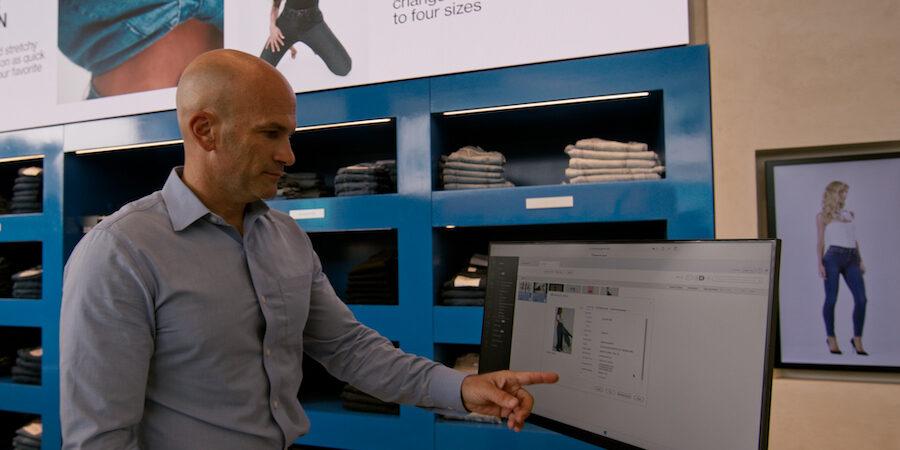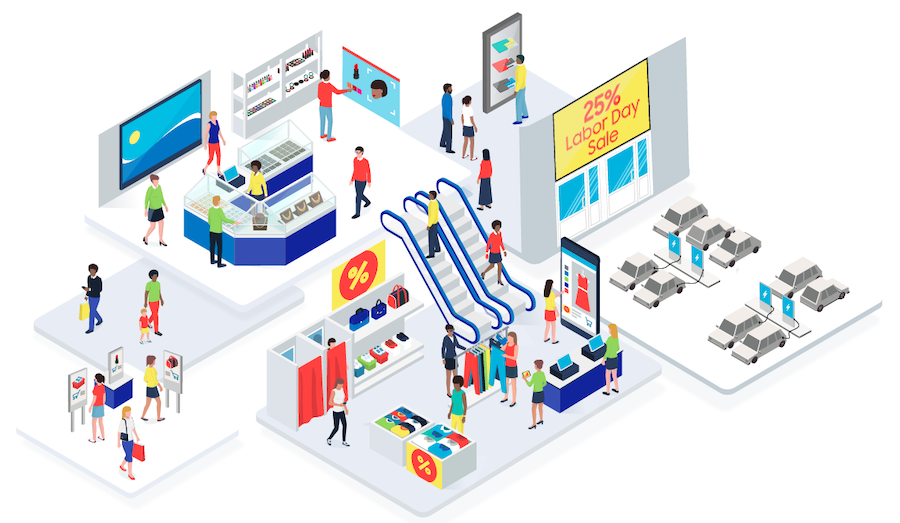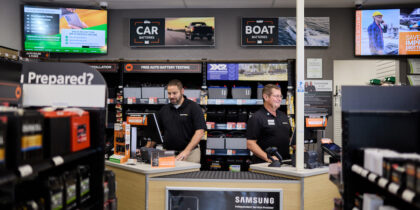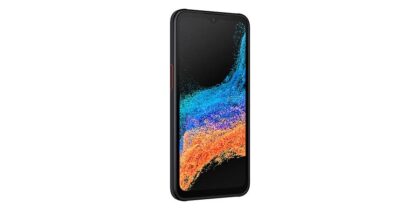While the world may seem fully online at times, it’s important to remember that a lot of shopping still takes place in person. In fact, 45% of consumers shop in brick-and-mortar stores, and 72% shop in stores every week, according to a 2024 report by Capital One Shopping. Also, 85% of U.S. retail sales in 2023 were in stores.
That creates unique sales, marketing and branding opportunities for retail businesses. While shopping in person, customers can touch and inspect products and possibly try them on or out. That’s a much deeper connection between the business and the customer than online can ever deliver. Shoppers also experience the immediate gratification of enjoying products immediately, without waiting for delivery. They can also get personal assistance from humans, a refreshing experience today.
One way brick-and-mortar stores can take advantage of this more captive audience is with vibrant digital displays and a robust content management system (CMS), such as Samsung VXT. Together, they provide retailers with various ways to better captivate an audience. Here’s how.
How can a captive audience benefit retailers?
The first goal of any marketing strategy is to capture the audience. They become captive when they put themselves in a situation where they can’t avoid consuming the content, including marketing campaigns. Examples include showing ads to moviegoers in a theater before the film begins or commercials to people watching television.
How digitizing retail experiences boosts ROI
Explore customer behavior with and the operational benefits of a complete digital retail ecosystem. Download Now
In the case of retail, the captive audience quite literally walks into your store. While there, they remain captive to any advertising and marketing you wish to show them. That makes a tremendous opportunity to level up the shopping experience — along with basket sizes — by promoting new products, highlighting sales and limited-time offers, and burnishing the brand with educational and entertaining content. The goal is to capture consumers’ attention with eye-catching content on digital displays while navigating the stores, such as waiting in line at checkout, trying on clothes in a changing room or sitting in a hairdresser’s chair in a salon.
Digital signage expands the tools and magnifies the impact. That’s because consumers respond positively to digital signage. A 2024 Astute Analytica report highlights that 90% of shoppers say in-store videos help them make purchasing decisions. Furthermore, the distraction the signage provides reduces perceived wait times by as much as 35%. Customers also remember the content more, with a 47% recall rate for digital signage compared to 32% for traditional ads.
While there may be obstacles in placement and installation, remember that the latest generation of digital signage comes in many sizes, shapes and configurations. Choosing digital signage that allows for flexibility means more options for placement. Samsung has also partnered with FastSensor to use foot-traffic data to identify the most effective locations for placing digital displays.
How captive audience marketing boosts retail
Retailers can — and do — take advantage of digital displays in myriad ways.
For example, supermarket chain Hy-Vee installed Samsung displays in store aisles, at the deli, meat and seafood counters, in wine and spirits departments, and in food courts. The digital displays show in-house content, such as live cooking demos, promotions, recipes, product pairings, company announcements and menu boards.
Good American’s flagship store in Los Angeles offers another. A Samsung 32-inch QMR-T touchscreen display in the checkout area enables shoppers to explore the company’s entire clothing collection, use an online “Find Your Fit” guide and order out-of-stock products.
These strategies reflect the best practices for digital displays with a captive audience. Retail businesses should place the screens in high-traffic locations to maximize visibility and reach the largest audience possible. They must also choose the right screen sizes and install them at the right angles and height to optimize visibility.
However, the displays won’t achieve much without a solid content strategy that is regularly fed and updated. As such, retailers should showcase different promotions, services and products — and rotate them frequently — or customers may tune it out as “been there, done that.” To vary the content, some retail businesses show third-party advertisements through retail media networks, such as Samsung Ads, adding a new revenue stream.
To maximize the impact of digital displays, keep content short and simple, whether it’s a video or graphic highlighting new product launches or major sales. If too much is happening on the screen, it may overwhelm consumers. Also, you can incorporate wayfinding and interactive features with touchscreen displays, creating a more hybrid experience. This also reflects how Americans shop today: According to a 2024 survey by ShipStation, 75% of U.S. shopping journeys include digital and physical touchpoints.
How a digital signage CMS captures shoppers
However nice a digital display is, it achieves little without content — and content management. A powerful digital signage CMS provides retailers with the technology infrastructure they need to create compelling marketing and deploy it on a captive audience.
Samsung VXT does precisely this. The feature-rich, easy-to-use, cloud-based solution gives retailers the tools to not only design, manage, and distribute content on their digital displays but also remotely manage, secure, and troubleshoot their digital displays at all locations — from any location.
Through a drag-and-drop interface, retailers using the built-in Samsung VXT Canvas content creation tool can design content using templates and free stock images. They can also apply their custom logos, fonts and photographs that align with their brand. Through a computer or mobile device, IT managers can also create playlists of content. With the new VXT 2.1, users now have the ability to enlarge or duplicate videos and send multiple playlists (which can be nested) or a single playlist to the Screen Wall, as well as the ability to configure the video wall screen layout to a maximum 10×10. Then, schedule when they appear on Samsung digital displays, such as Samsung Kiosk, an in-store touchscreen display that empowers your customers to look up product information and purchase products. If you run into any questions, the new VXT 2.1 Chat Bot feature has answers — so you can focus on delivering dynamic, engaging, and secure digital experiences.
In short, Samsung digital displays combined with Samsung VXT help make a captive audience a profitable one.
Discover how Samsung is helping retail streamline operations, drive customer engagement, improve workflows and boost ROI with visual retail in this free white paper. Also, learn more about how to increase average basket size with Samsung self-service kiosks.






